 by "ttyymmnn" (ttyymmnn)
by "ttyymmnn" (ttyymmnn)
Published 03/14/2017 at 12:35
 by "ttyymmnn" (ttyymmnn)
by "ttyymmnn" (ttyymmnn)
Published 03/14/2017 at 12:35
Tags: planelopnik history
; Planelopnik
STARS: 13
Welcome to This Date in Aviation History , getting you caught up on milestones, important historical events and people in aviation from March 11 through March 14.
!!! UNKNOWN CONTENT TYPE !!!

March 12, 1959 – The first flight of the Sikorsky SH-3 Sea King. The submarine has been the scourge of surface ships since WWI. With their ability to sneak up undetected on enemy ships, it was not uncommon that the first sign of an attack came when lookouts spotted the telltale sign of a torpedo racing towards through the water. The airplane proved to be a vital tool in detecting and fighting against submarines, but their role was initially limited to observation, and they had no means to detect submarines with anything but the naked eye. By WWII and in the early years after, radar and magnetic anomaly detectors were added to the anti-submarine arsenal, but the earliest sets were too large to fit in a single aircraft. It wasn’t until 1954 that the US Navy had a single, dedicated anti-submarine warfare (ASW) aircraft in the Grumman S-2 Tracker , but these aircraft were still tied to large carriers. However, rapid advances in turboshaft technology meant that helicopters could now perform the ASW mission flying from large carriers or offshore platforms. In 1957, the US Navy awarded a contract to Sikorsky to develop a helicopter that would combine hunter and killer capabilities into a single aircraft and help protect the American fleets and homeland from as many as 200 nuclear-armed Soviet submarines. The all-weather SH-3 was powered by a pair of General Electric T58 turboshaft engines turning a 5-bladed main rotor that greatly improved range and power over earlier piston engines. The turboshafts carried the Sea King to a maximum speed of 166 mph, and also afforded the added safety of being able to operate on a single engine. Since the Sea King would be operating in the open ocean, it also featured a watertight hull with inflatable sponsons that allowed it to land on the surface of the water, making it the world’s first amphibious helicopter. Introduced in 1961, the Sea King served the US Navy primarily in the ASW role, using sonobuoys and a magnetic anomaly detector to find submerged submarines. A data link enable the Sea King to rapidly share information with surface ships in the fleet. Once a submarine was found, the Sea King could attack it with anti-submarine torpedoes or even the B-57 nuclear bomb fitted with a hydrostatic fuse so it could function as a depth charge. Though the Sea King was primarily designed to find and destroy subs, it soon became a jack of all trades for the Navy, serving as a cargo and personnel helicopter and, during the Vietnam War, armored Sea Kings armed with machine guns were used to rescue downed pilots. The Sea King served as the primary recovery aircraft for the astronauts and their space capsules during the manned space programs, and the US Marine Corps HMX-1 Squadron still employs the Sea King, designated VH-3, as the primary helicopter to transport the President of the United States, though the Marine Corps is currently in the process of developing a replacement for its aging fleet of Sea Kings.
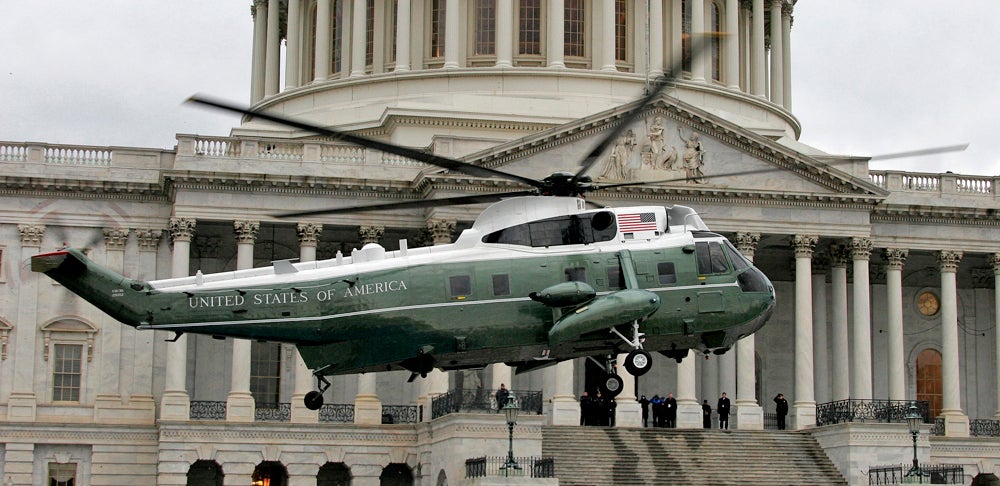
By 1990, the Navy replaced the Sea King in the ASW role with the Sikorsky SH-60F Seahawk , and the remaining Sea Kings were configured for logistical support and search and rescue. The Sea King was ceremonially retired by the Navy in 2006, though at the time the Navy did not plan to phase them out entirely until 2009. The Marine Corps and their small fleet of VH-3s, nicknamed Marine One when the President is on board, will continue to support the White House until a replacement is found under the VXX program . Throughout its service life, the Sea King has been constantly upgraded, and it exists in a host of variants, including those built under license by Agusta in Italy, Mitsubishi in Japan, and Westland in the United Kingdom. The H-3 was also built in a civilian version called the S-61 which remains in production. (US Navy photo; US Marine Corps photo)
!!! UNKNOWN CONTENT TYPE !!!
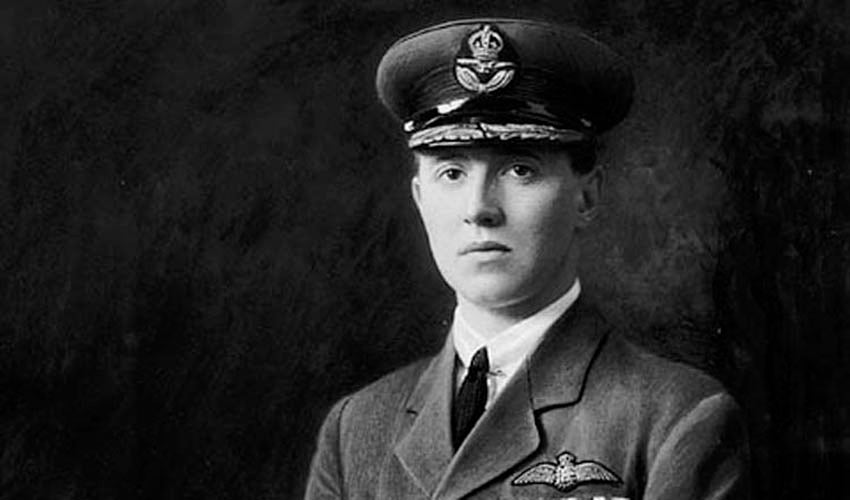
March 12, 1930 – The death of William George “Billy” Barker. During WWI, fighter pilots became almost mythical figures whose death-defying feats over the battlefield made them heroes, celebrated figures known to history who epitomized both the danger and thrill of aerial combat. While the exploits of many British, American, French and German airmen in WWI are well known, William “Billy” Barker became the most decorated serviceman in the history of Canada, as well as in the history of the British Empire and Commonwealth of Nations, though it’s very likely that only war historians and Canadians know his name. Barker was born on November 3, 1894 in Dauphin, Manitoba, and though he wasn’t a particularly skilled pilot (he made his first solo flight after only 55 minutes of dual instruction), and he suffered several incidents during his piloting career, he made up for his average flying skills with aggressiveness, audacity, and highly accurate marksmanship. Barker learned to shoot at a young age, and became an excellent shot while riding on horseback. He further honed his shooting skills as an infantry machine gunner, then joined the Air Service in 1916, flying first as an armed observer. After qualifying as a pilot, he flew 404 operational hours between September 1917 and September 1918, shooting down 46 aircraft and balloons. His personal Sopwith Camel became the most successful fighter plane in the history of the Royal Flying Corps.
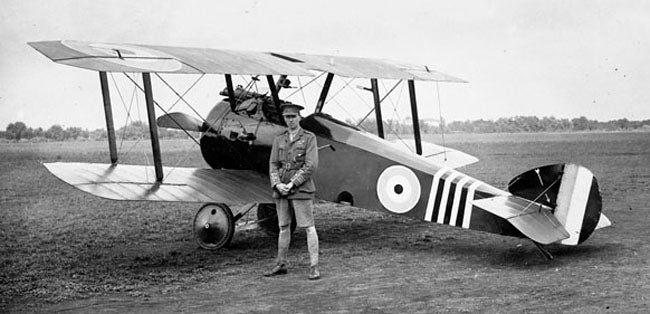
Barker’s list of decorations includes the Distinguished Service Order and Bar , the Military Cross and two Bars, two Italian Silver Medals of Military Valor , and the French Croix de Guerre . But it was his valor “in the face of the enemy” on Sunday, October 27, 1918, that earned him the Victoria Cross (roughly equivalent to the American Congressional Medal of Honor ), the highest decoration attainable in the United Kingdom. Returning to base and flying his Sopwith Snipe fighter, Barker crossed enemy lines near the Forêt de Mormal at 21,000 feet. After downing one enemy plane, he was attacked by a formation of Fokker D.VIIs . By his own admission, he was being careless and failed to see his attackers. As the battle spiraled toward the ground, Barker found himself fighting 15 or more enemy planes. He was wounded 3 times in the legs, and his left elbow was destroyed, but he still managed to control his fighter and dispatch three more enemy planes. Wounded and bleeding seriously, Barker crash landed behind Allied lines and was taken to a field dressing station by members of an RAF Kite Balloon Section (the fuselage of his Snipe was recovered and now resides at the Canadian War Museum in Ottawa). Barker remained in hospital for three months, during which time the First World War came to an end. After the war, Barker entered into an airplane business venture with fellow fighter ace and Victoria Cross recipient Billy Bishop . In 1922, he returned to service as a wing commander with the fledgling Royal Canadian Air Force , serving until 1926 and, upon leaving the RCAF, Barker became the first president of the Toronto Maple Leafs. Throughout his relatively brief postwar career, Barker struggled with both his war wounds and alcoholism. He died in 1930 after losing control of his Fairchild KR-21 biplane during a demonstration flight at Rockcliffe Air Station in Ottawa. His state funeral was attended by 50,000 people. Barker was just 35 years old. (Photos via the Library and Archives of Canada)
!!! UNKNOWN CONTENT TYPE !!!
!!! UNKNOWN CONTENT TYPE !!!
!!! UNKNOWN CONTENT TYPE !!!
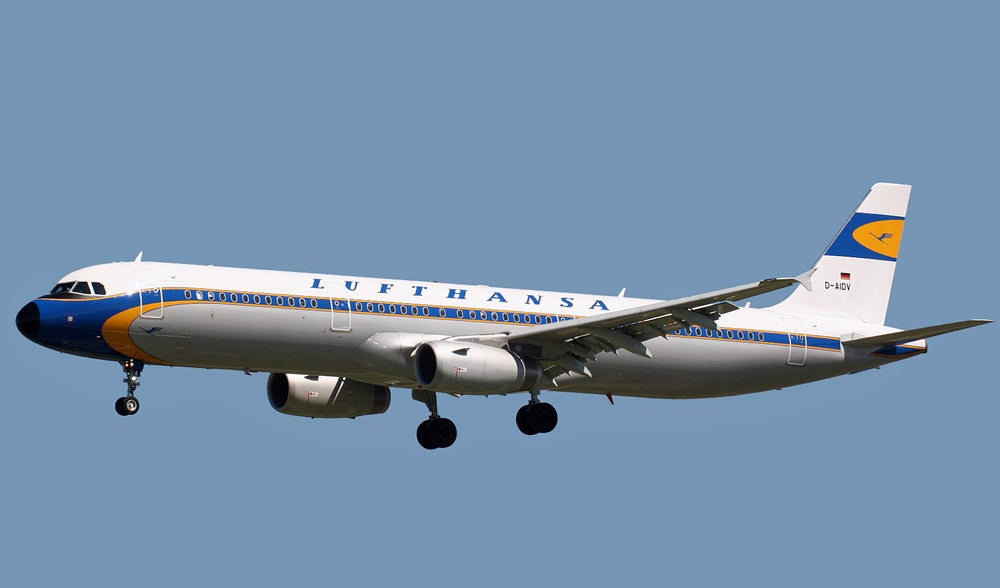
March 11, 1993 – The first flight of the Airbus A321. When Airbus first conceived the A320 airliner, they actually envisioned an entire line of aircraft, each one slightly different and tailored to the needs of individual airlines. The A321 was the first derivative of the A320, and features a fuselage stretched almost 22 feet by the addition of one section just forward of the wing and a second section at the rear, allowing for 35 more passengers in a typical 2-class configuration. The A321 also has a greater maximum takeoff weight (MTOW), though its range is slightly less than the A320. This deficiency was addressed in the A321-200, which has additional fuel capacity and more powerful engines. A further development, the A321neoLR , is planned for 2019. (Photo by Curimedia via Wikimedia Commons )
!!! UNKNOWN CONTENT TYPE !!!

March 12, 2004 – The first flight of the Embraer ERJ-190, a member of the E-Jet family of medium-range airliners produced by the Brazilian aerospace conglomerate Embraer . The E190 was the first stretched variant of the original E170 , and features a larger wing and stabilizer, plus new General Electric CF34 turbofan engines. With accommodation for 100 passengers in a typical two-class configuration, the E190, and slightly larger E195, are positioned to compete with the Bombardier CRJ-1000 and CS100 , the Boeing 717 and 737 , and the Airbus A318 . A total of 523 E190s had been delivered by the end of 2015, with 55 more firm orders awaiting fulfillment. (Photo by Orlando Suárez via Wikimedia Commons )
!!! UNKNOWN CONTENT TYPE !!!
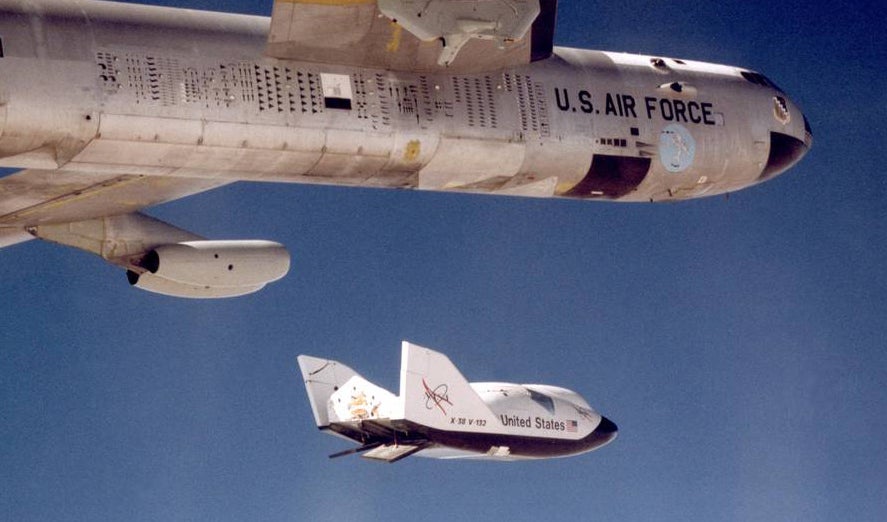
March 12, 1998 – The first free flight of the NASA X-38, a crew return vehicle (CRV) that would have been capable of evacuating up to 7 astronauts from the International Space Station (ISS) in the case of serious illness, fire, collision with space debris, or the grounding of the Space Shuttle . Built by Scaled Composites , the X-38 was based on lifting body technology developed in the 1960s and was of a similar shape to the Martin Marietta X-24A . The X-38 was to be semi-permanently docked to the ISS until needed, then re-enter the Earth’s atmosphere and land using a parafoil . Two atmospheric prototypes were built and used for drop tests, along with 1 orbital prototype that was 90% complete before severe budget cuts led to the cancellation of the program in 2002. (NASA photo)
!!! UNKNOWN CONTENT TYPE !!!
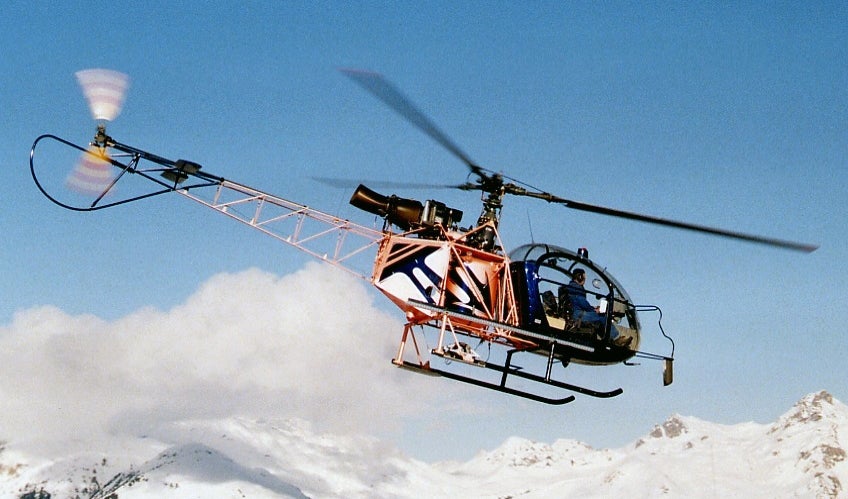
March 12, 1955 – The first flight of the Aérospatiale Alouette II, a light observation, liaison, reconnaissance and air-sea rescue helicopter originally manufactured by Sud Aviation . The Alouette was the first helicopter to make use of a gas turbine engine rather than a heavier piston engine, and in addition to its civilian duties, the Alouette II was also converted to a gunship carrying anti-tank missiles or torpedoes. The Alouette II demonstrated its high altitude capabilities in 1956 when it performed the first mountain rescue of a stricken climber from more than 13,000 feet of elevation. The Alouette II was widely exported, and by the end of production in 1975 over 1,300 aircraft had been built. (Photo by Elisabeth Klimesch via Wikimedia Commons )
!!! UNKNOWN CONTENT TYPE !!!
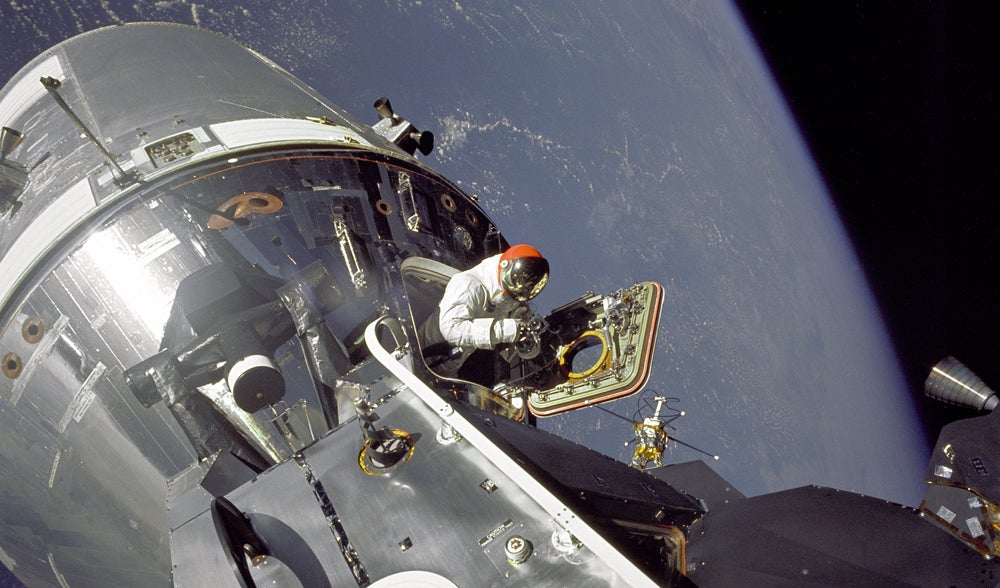
March 13, 1969 – Apollo 9 returns to Earth. A critical rehearsal for the manned landing on the Moon with Apollo 11 , Apollo 9 was launched from Kennedy Space Center on March 3, 1969 as the third manned mission of the Apollo program and spent 10 days in Earth orbit. The flight marked the first flight of the complete Apollo spacecraft, with both the Command/Service Module (CSM) and Lunar Module (LM) launched atop the Saturn V rocket. During three spacewalks, the crew tested the new self-contained spacesuits that would be used on the Moon, and performed docking and flight tests of the LM. The flights of the LM, testing both descent and ascent engines, marked the first flight of a spacecraft that was not designed to return to Earth. Apollo 9 splashed down 160 miles east of the Bahamas, the last time a spacecraft splashed down in the Atlantic Ocean. (NASA photo)
!!! UNKNOWN CONTENT TYPE !!!
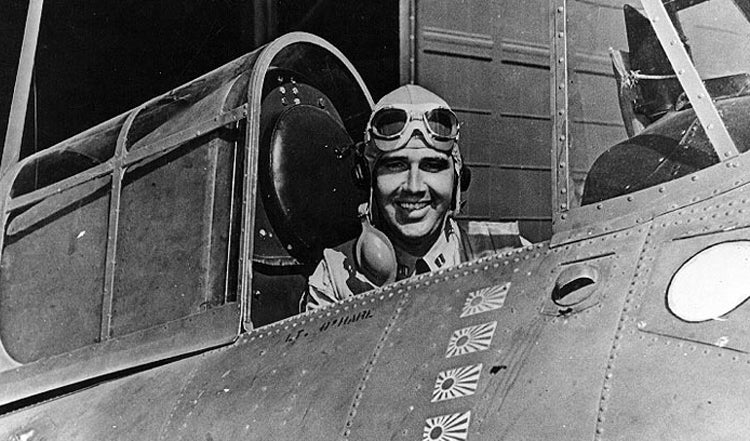
March 13, 1914 – The birth of Edward Henry “Butch” O’Hare, a US Navy fighter pilot during WWII and the Navy’s first fighter ace. On February 20, 1942, O’Hare found himself alone in his Grumman F4F Wildcat facing 9 Japanese bombers attacking his carrier. With limited ammunition, O’Hare destroyed 5 of the bombers and damaged a sixth. For his actions, O’Hare was awarded the Congressional Medal of Honor , which recognized his actions as “one of the most daring, if not the most daring, single action in the history of combat aviation.” O’Hare was killed in action on November 26, 1943 while leading a nighttime fighter attack, the first ever launched from a carrier. During the attack, his Grumman F6F Hellcat was shot down and the aircraft was never found. The Navy destroyer USS O’Hare (DD-889) was named in his honor, as was Chicago’s O’Hare International Airport . (US Navy photo)
!!! UNKNOWN CONTENT TYPE !!!
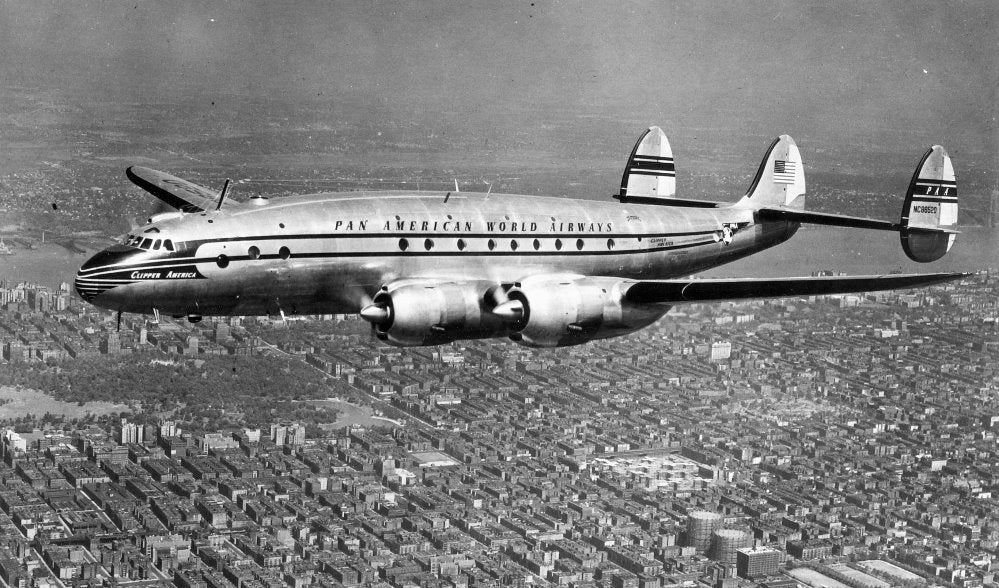
March 14, 1947 – The first flight of the Lockheed L-749 Constellation, an improved version of the Lockheed L-649 Constellation and the first Constellation to make regular crossings of the Atlantic Ocean. The Constellation originally entered service with the US Army Air Forces in WWII, but following the war, the “Connie” became one of the great intercontinental airliners. The L-749 provided increased range, plus the addition of jet stack exhaust manifolds that increased speed. Further development yielded the L-749A in 1949, which featured a strengthened fuselage and more robust landing gear. The first L-749 was delivered to Pan Am on April 18, 1947, and ultimately 119 L-749s were produced between 1947-1951 before the introduction of the L-1049 Super Constellation . (Photo author unknown)
!!! UNKNOWN CONTENT TYPE !!!
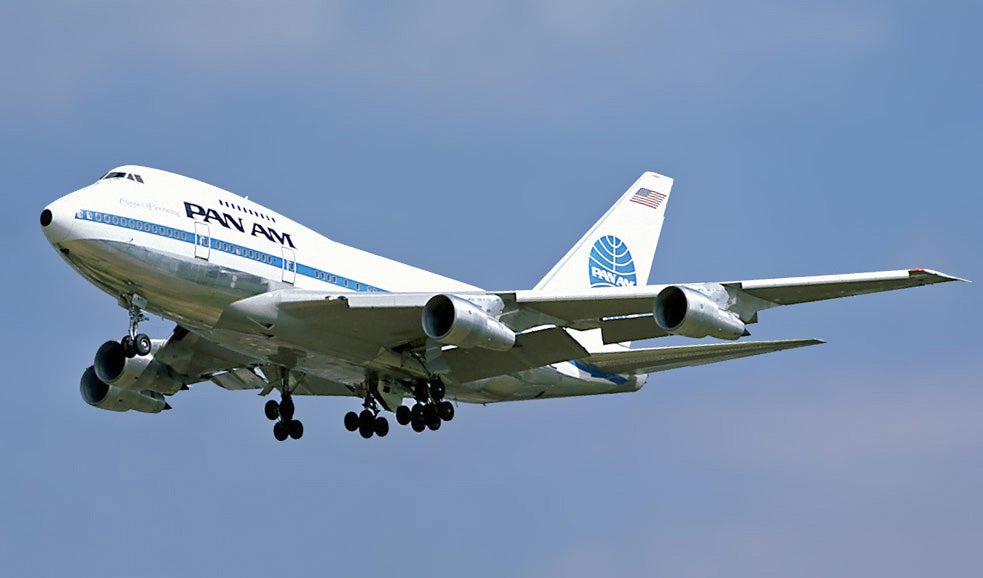
March 14, 1927 – Pan American World Airways is founded. Better known as Pan Am, the company was started by the United States government in 1927 as a shell company to counter the German-owned Colombian carrier SCADTA . Under the leadership of Juan Trippe , Pan Am grew rapidly by aggressively buying small airlines and expanding mail and passenger routes in South America. By 1937, Pan Am was providing Sikorsky S-42 seaplane service to Europe, and had started pushing westward from the US to Hawaii and the Far East flying the Boeing 314 Clipper and the pressurized Boeing 307 Stratoliner . Following WWII, Pan Am continued to expand its routes as it entered the jet age, and was the launch customer for both the Boeing 707 and Boeing 747 . At its peak in the 1960s, Pan Am carried 6.7 million passengers and served 86 countries on every continent except Antarctica. By the 1970s, the oil crisis led to higher fuel prices and fewer travelers, and Pan Am found themselves in massive amounts of debt. After attempting to acquire domestic airlines and selling off major portions of its assets, the remainder of the company was purchased by Delta Airlines in 1991 for $1.39 billion. (Photo by Steve Fitzgerald via Wikimedia Commons )
!!! UNKNOWN CONTENT TYPE !!!
!!! UNKNOWN CONTENT TYPE !!!
!!! UNKNOWN CONTENT TYPE !!!
!!! UNKNOWN CONTENT TYPE !!!
!!! UNKNOWN CONTENT TYPE !!!
!!! UNKNOWN CONTENT TYPE !!!
!!! UNKNOWN CONTENT TYPE !!!
If you enjoy these Aviation History posts, please let me know in the comments. And if you missed any of the past articles, you can find them all at Planelopnik History . You can also find more stories about aviation and aviators at Wingspan and Planes You’ve (Probably) Never Heard Of .
!!! UNKNOWN CONTENT TYPE !!!
 "facw" (facw)
"facw" (facw)
03/14/2017 at 12:42, STARS: 1
KLM S-61 actually making use of that boat hull after a landing gear failure:
!!! UNKNOWN CONTENT TYPE !!!
 "For Sweden" (rallybeetle)
"For Sweden" (rallybeetle)
03/14/2017 at 12:49, STARS: 2
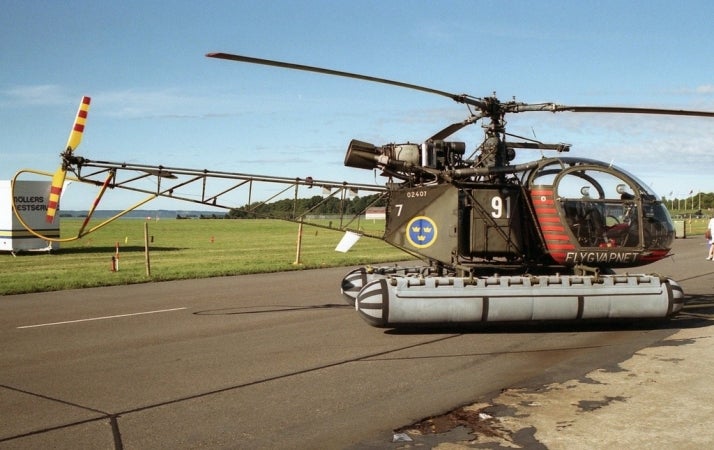
Keep Oppo Alouette II
 "My X-type is too a real Jaguar" (TomSlick)
"My X-type is too a real Jaguar" (TomSlick)
03/14/2017 at 12:54, STARS: 1
Oh Pan Am, I miss you.

03/14/2017 at 12:55, STARS: 0
 "Smallbear wants a modern Syclone, local Maple Leafs spammer" (smallbear94)
"Smallbear wants a modern Syclone, local Maple Leafs spammer" (smallbear94)
03/14/2017 at 12:59, STARS: 3
March 14, 1927 – Pan American World Airways is founded. Better known as Pan Am, the company was started by the United States government in 1927 as a shell company to counter the German-owned Colombian carrier SCADTA . Under the leadership of Juan Trippe , Pan Am grew rapidly by aggressively buying small airlines and expanding mail and passenger routes in South America.
The creation of Pan Am just shows off the brilliance (and hardheadedness) of Trippe. At the outset there were 3 companies interested in flying the mail to Cuba. Pan American, run among others by “Hap” Arnold, who would go on to head the AAF during WW2 was set up for the exclusive purpose of running SCADTA into the ground. They got the contract but had no landing rights, no planes and almost immediately ran out of money. The second company I can’t remember the name of. They came in with money, but no planes and no contract. Trippe’s company had limited money and no contract, but well ahead of the route bidding Trippe had paid a visit to the President of Cuba and had secured EXCLUSIVE, PERSONAL landing rights in Cuba. Money and aircraft could be found elsewhere, but to make the route to Cuba a reality there was no choice but to come knocking on Trippe’s door. A merger was the only way forward, and predictably it was Trippe who came out on top of the resulting “Pan American Aviation Corporation of the Americas”.
As far as SCADTA goes, Pan Am eventually bought them out. The sale was kept secret for political reasons and the Germans continued with the day to day running of the company, but Arnold&Co’s original goal was acheived.
 "Ash78, voting early and often" (ash78)
"Ash78, voting early and often" (ash78)
03/14/2017 at 13:00, STARS: 1
Shame about the X
-
38 getting canceled...I love lifting bodies. So simple and efficient. But I
’
ve heard they
’
re terrifying and virtually impossible to control if things get wonky.
 "ttyymmnn" (ttyymmnn)
"ttyymmnn" (ttyymmnn)
03/14/2017 at 13:21, STARS: 0
Which is why, I suppose, they decided to have it land by parafoil rather than a controlled crash. Now that the Shuttle is retired, it would seem to me that having an escape method would be even more important, though I guess there is always a Russian capsule docked there.
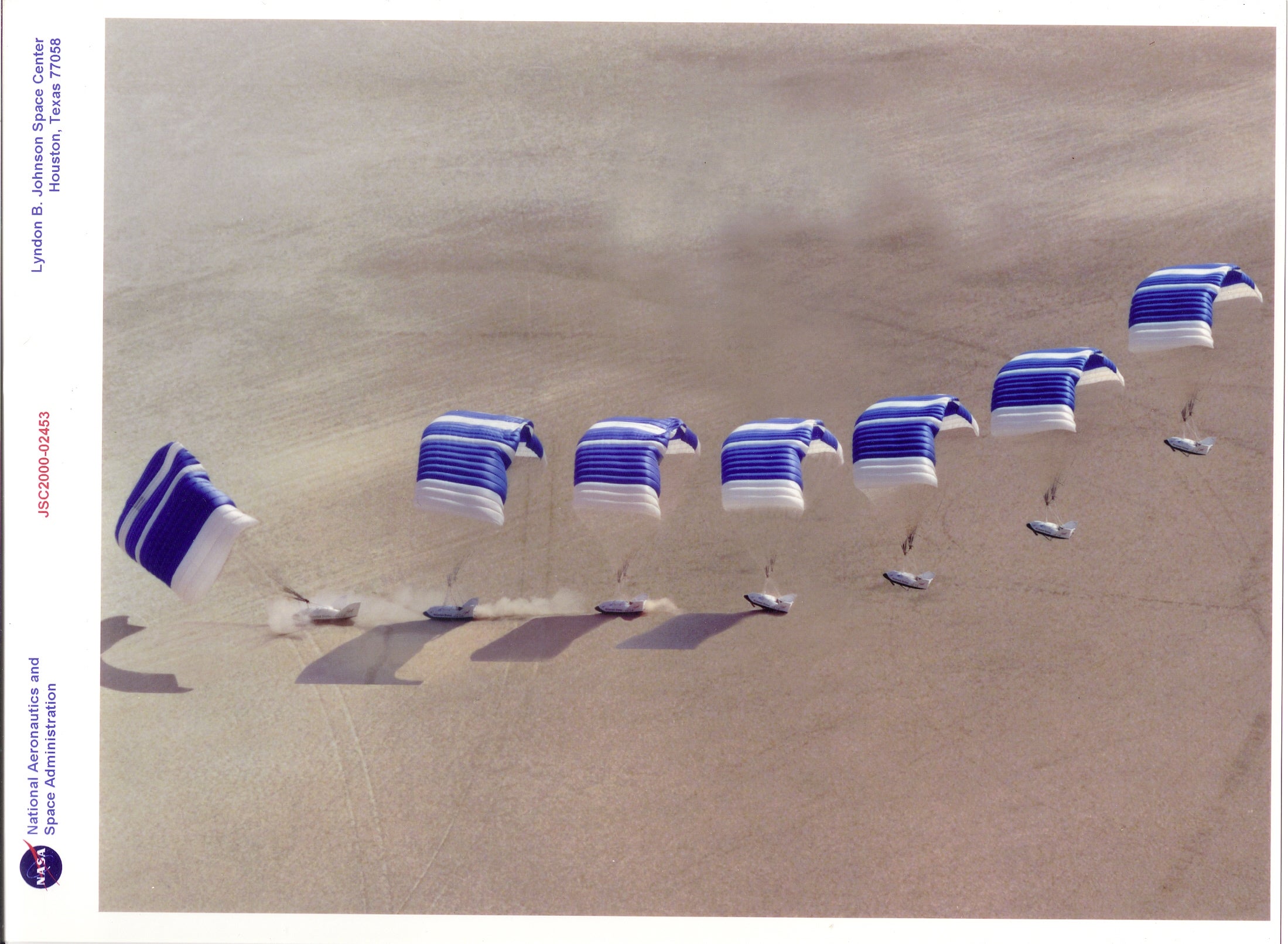
 "ttyymmnn" (ttyymmnn)
"ttyymmnn" (ttyymmnn)
03/14/2017 at 13:24, STARS: 1
Thanks for adding to this!
 "Cé hé sin" (michael-m-mouse)
"Cé hé sin" (michael-m-mouse)
03/14/2017 at 13:25, STARS: 0
This appears very much to be a helicopter of the Swedish persuasion.
 "For Sweden" (rallybeetle)
"For Sweden" (rallybeetle)
03/14/2017 at 13:26, STARS: 3
Can confirm no guns; only a phone to call the Finns.
 "Cé hé sin" (michael-m-mouse)
"Cé hé sin" (michael-m-mouse)
03/14/2017 at 13:28, STARS: 0
Det är bra.
 "Smallbear wants a modern Syclone, local Maple Leafs spammer" (smallbear94)
"Smallbear wants a modern Syclone, local Maple Leafs spammer" (smallbear94)
03/14/2017 at 13:29, STARS: 0
It’s random trivia that is best kept to myself most of the time, so it’s fun to use it somewhere from time to time :)
 "ttyymmnn" (ttyymmnn)
"ttyymmnn" (ttyymmnn)
03/14/2017 at 13:31, STARS: 1
That was cool. Better once I found the mute button. Thanks for posting.
 "ttyymmnn" (ttyymmnn)
"ttyymmnn" (ttyymmnn)
03/14/2017 at 13:33, STARS: 1
You made my article twice as long! And what is history but trivia?
 "Smallbear wants a modern Syclone, local Maple Leafs spammer" (smallbear94)
"Smallbear wants a modern Syclone, local Maple Leafs spammer" (smallbear94)
03/14/2017 at 13:37, STARS: 1
True enough, but most people don’t care to hear about it in day to day conversation. And tbh, I don’t blame them. For the most part I’d rather read it on my own time.